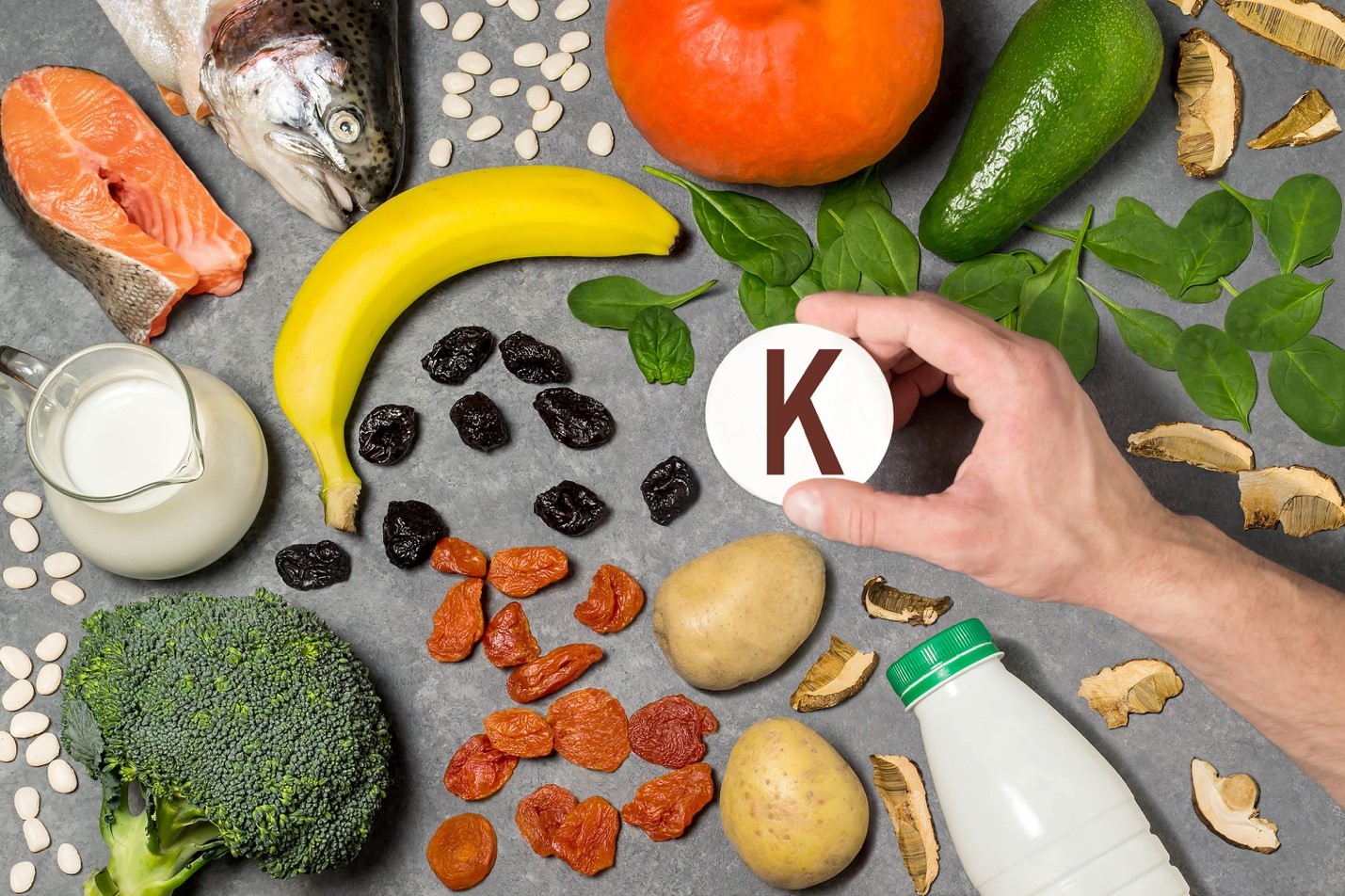
Definitions of hyperkalemia, a common electrolyte abnormality, vary and can include cutoffs of serum potassium as high as 5.5 mEq/L. Potassium plays a major role in the body via modulation of the electric potential of the cell and cell membrane. The incidence and prevalence of hyperkalemia is estimated to be 2% to 3% in the general population and 1% to 10% among hospitalized patients. In patients with chronic kidney disease (CKD) and kidney failure, the prevalence is as high as 12% to 54%.
Hyperkalemia is common in individuals with kidney disease and has several causes. The primary predictor for hyperkalemia is low glomerular filtration rate (GFR); other common risk factors are CKD, diabetes mellitus, metabolic acidosis, heart failure, and the use of renin-angiotensin-aldosterone system inhibitors.
There are associations between hyperkalemia and fatigue and weakness; it may also cause fatal arrhythmias. Plant foods that contain potassium are thought to raise serum potassium and are commonly restricted in patients with kidney disease. The 2012 Kidney Disease Improving Global Outcomes (KDIGO) guidelines did not include recommendations about broader dietary patterns in the management of CKD regarding potassium-rich foods. However, the recently released National Kidney Foundation Kidney Disease Outcomes Quality Initiative guidelines mention the lack of evidence regarding restriction of potassium-rich foods among patients with CKD.
John S. Babich, BS, and colleagues conducted a literature review designed to show that the opinion-based concerns of potassium-rich plant-based dietary patterns and serum potassium levels do not match the evidence. Results were reported in the Journal of Renal Nutrition [2022;32(6):641-649].







 © 2025 Mashup Media, LLC, a Formedics Property. All Rights Reserved.
© 2025 Mashup Media, LLC, a Formedics Property. All Rights Reserved.